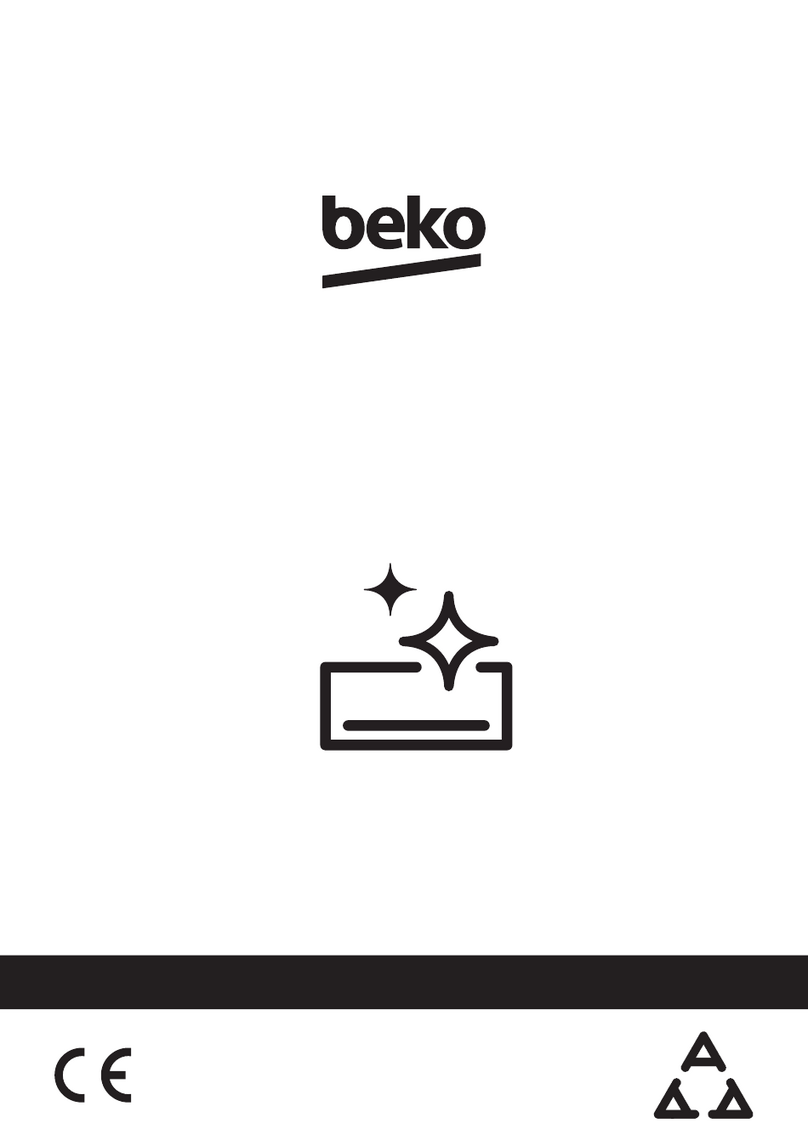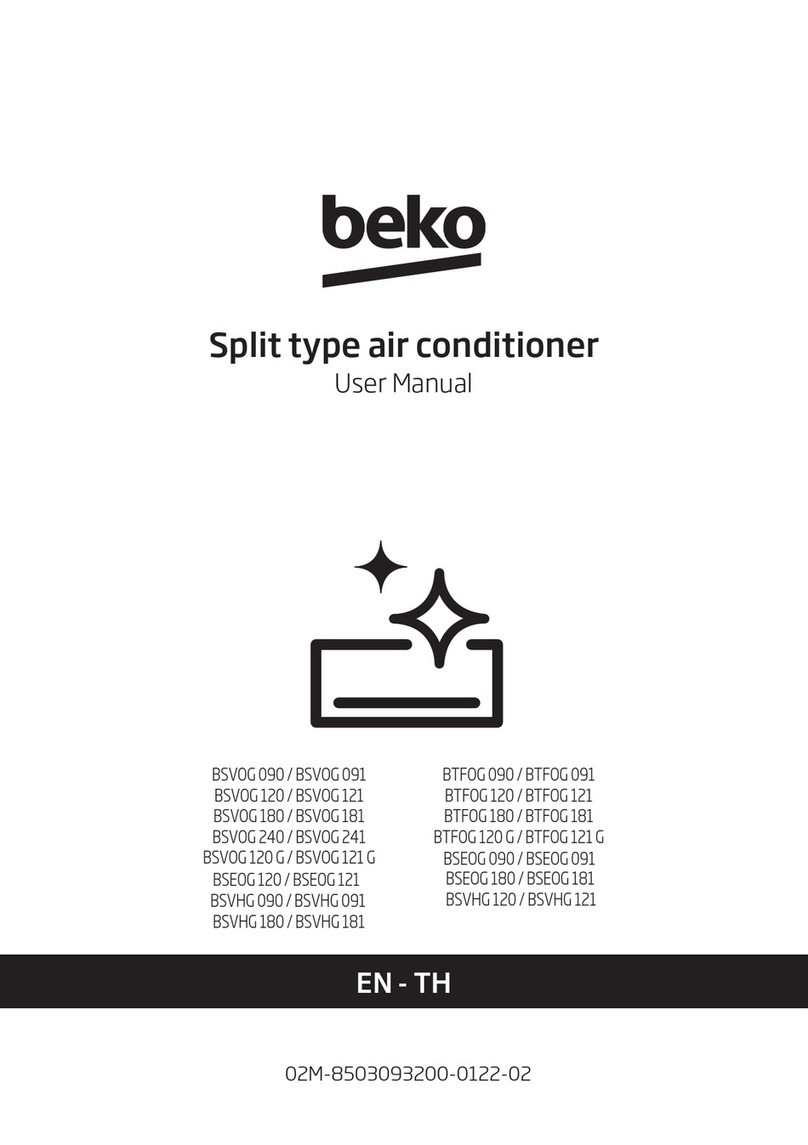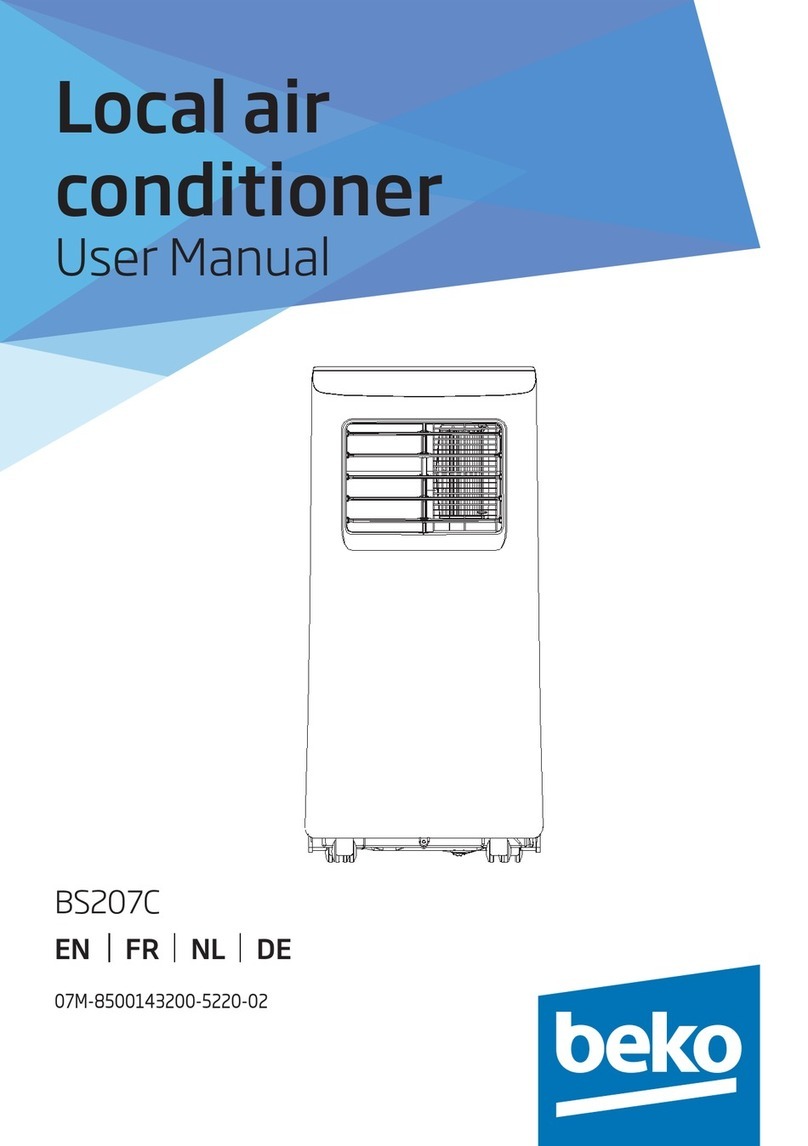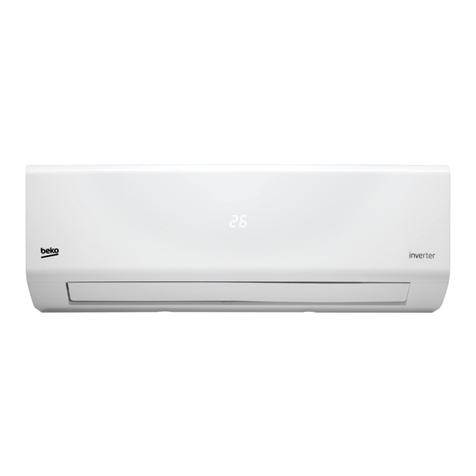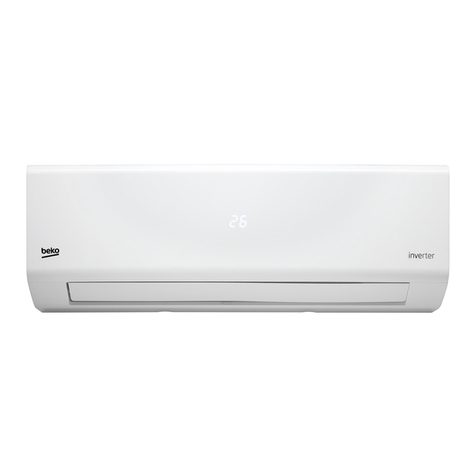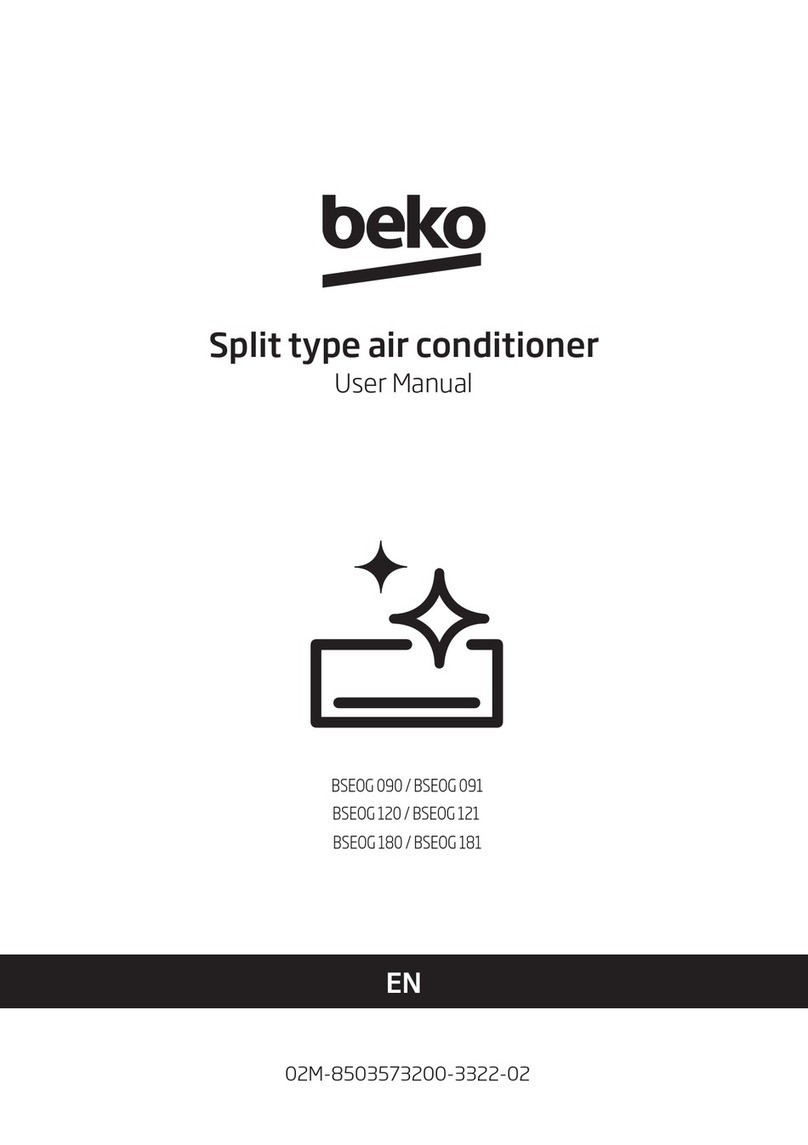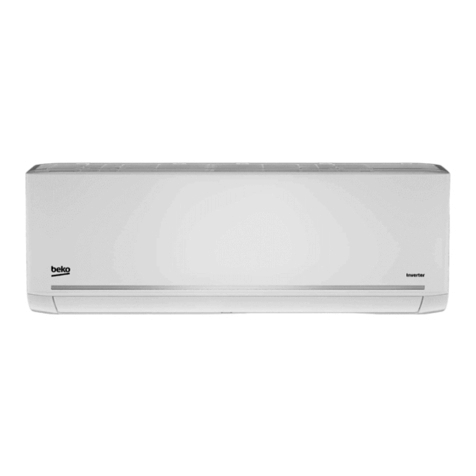Beko BEUPC 090 User manual
Other Beko Air Conditioner manuals

Beko
Beko BRAE 090 User manual
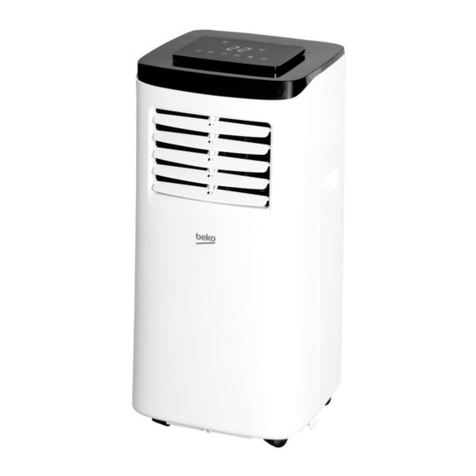
Beko
Beko BS 107 C User manual
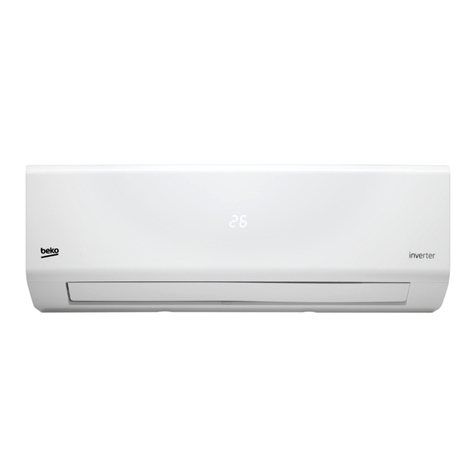
Beko
Beko BEHPI 090 User manual
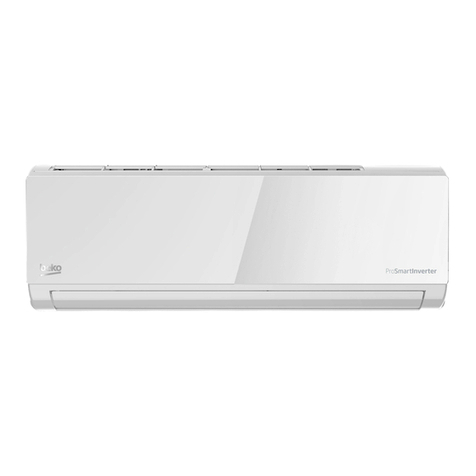
Beko
Beko RSVC09VT-I User manual
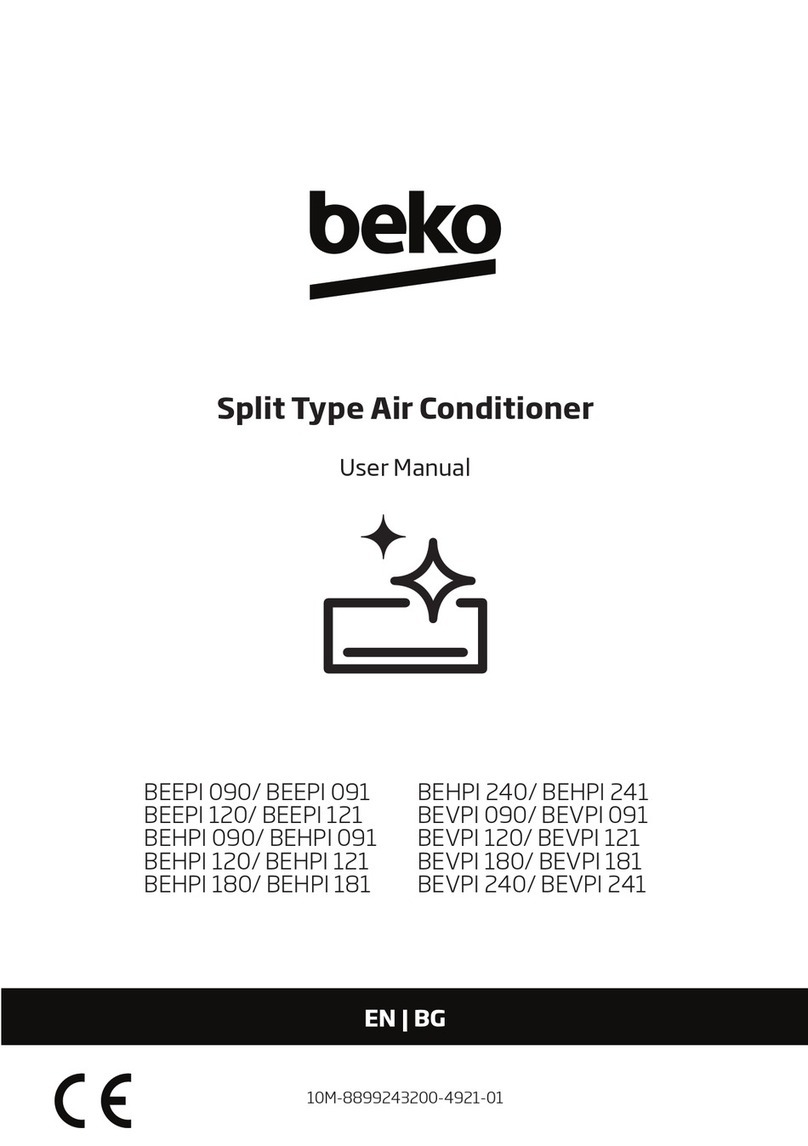
Beko
Beko 10M-8899243200-4921-01 User manual
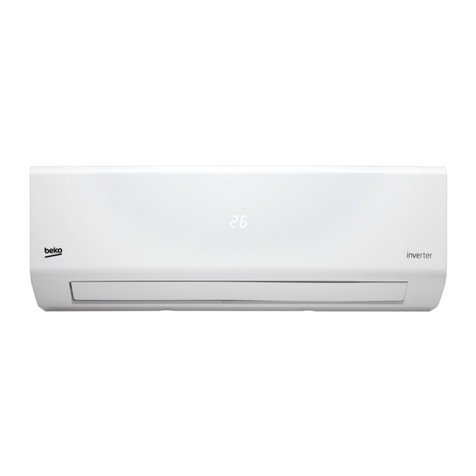
Beko
Beko BEVPI 090 User manual

Beko
Beko BEHPI 090 User manual
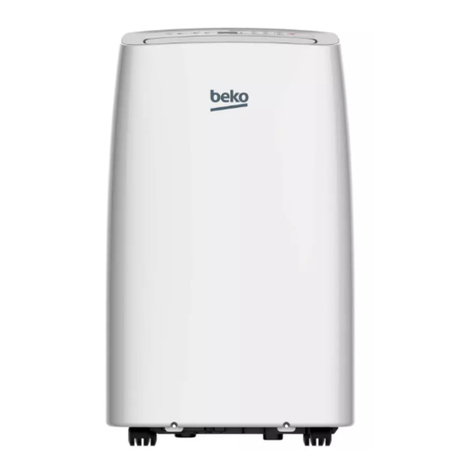
Beko
Beko BEPB 09C User manual

Beko
Beko BA309C User manual

Beko
Beko BSWOA 090 User manual
Popular Air Conditioner manuals by other brands

Fujitsu
Fujitsu ASYG 09 LLCA installation manual

York
York HVHC 07-12DS Installation & owner's manual

Carrier
Carrier Fan Coil 42B Installation, operation and maintenance manual

intensity
intensity IDUFCI60KC-3 installation manual

Frigidaire
Frigidaire FAC064K7A2 Factory parts catalog

Sanyo
Sanyo KS2432 instruction manual

Mitsubishi Electric
Mitsubishi Electric PUHZ-RP50VHA4 Service manual

Panasonic
Panasonic CS-S18HKQ Service manual

Panasonic
Panasonic CS-E15NKE3 operating instructions

Gree
Gree GWH18TC-K3DNA1B/I Service manual

Friedrich
Friedrich ZoneAire Compact P08SA owner's manual

Daikin
Daikin R32 Split Series installation manual
